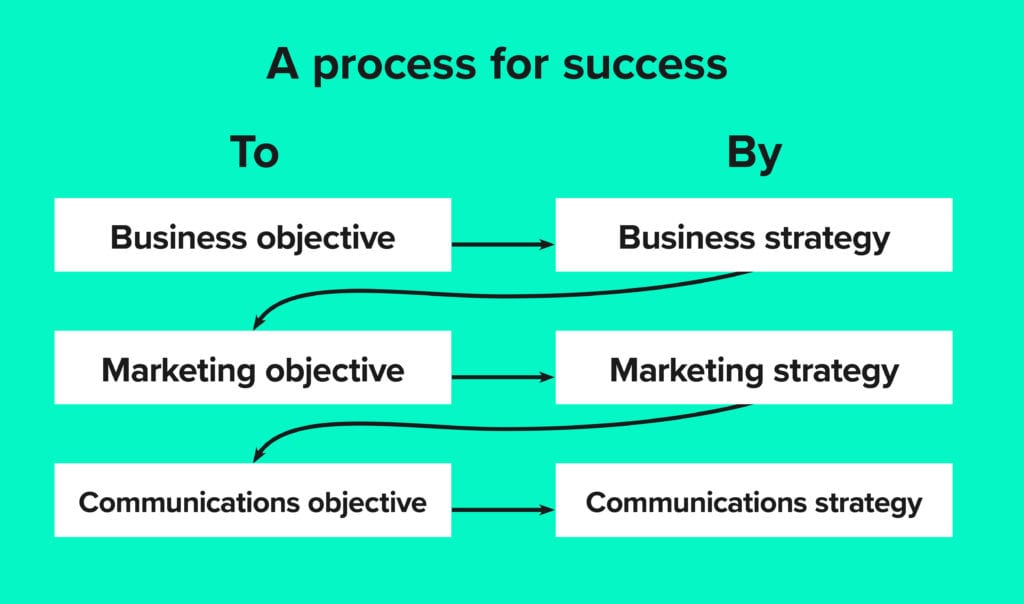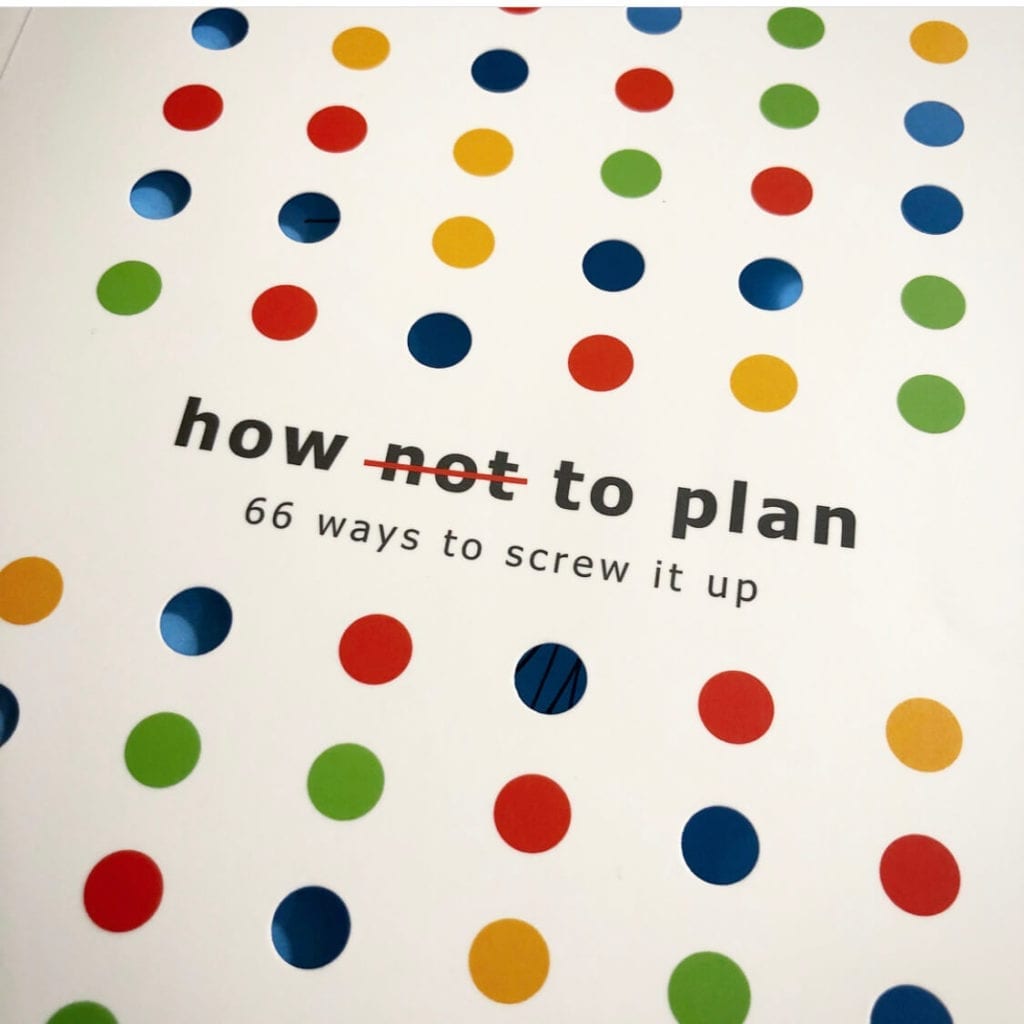The importance of setting clear business objectives for marketing.
The 80s TV series, the A-team is remembered for its iconic characters, fast-paced action, and of course, the explosions! But it’s the show’s catchphrase, “I love it when a plan comes together.”, said by the cigar-toting character, “Hannibal” Smith, that Marketeers should remember.
Hannibal was right to love a plan.
Effective marketing communication starts with having a plan of what it’s ‘supposed’ to do. Perhaps it’s obvious to some, but to many, this stage is not properly defined or sometimes completely overlooked.
Marketing is often reactive, responding to situations that have or haven’t happened – increased competition, poor sales results, targets not met etc. When managers say ‘What’s our marketing strategy to get us out of this?’, they often don’t know what exactly they want to achieve, or how to even measure it.
To paraphrase the Cheshire Cat when talking to Alice (in Wonderland).
“If you don’t know where you are going, any road will take you there.”
Strategy is derived from the word “stratiyeia,” comprising of two Greek words: “stratos” meaning army, and “ago” which denotes guiding, moving, and leading. So although its origins are military, strategy is just another way of saying, ‘having a plan’.
But before ‘marketing’ can happen, creative campaigns devised, and media space booked, specific objectives need to be set. Start with the big one first; what’s the Business Goal or Objective? Why are we doing this?
Be specific. Sometimes it’s more difficult to define than you think? But when you’ve answered this question, you can then define the marketing, brand and communication objectives and the ‘plan’ to deliver them.
A useful way to visualise this ‘process for success’, as shown below, is to think of your objectives as the ‘To’s’ and your strategies as the ‘By’s’. They flow in one direction, from objective to strategy, cascading down from the top left to bottom right.

For instance, your specific Business Objective could be, To – increase profit by X amount by X date. Your Business Strategy to do this might be By – growing revenue by X amount and cutting costs by Y.
Commissioning customer or market research should provide valuable insights into ‘held beliefs’ regarding your brand, product or service. You can then set your Communication Objective to challenge these beliefs and your Communication Strategy might be to change these opinions.
The key to success is to focus on a single business objective and develop everything to meet this. If you define multiple business objectives the strategy may become complicated and difficult to implement.
 Another way to approach objectives is to be SMARTER. In the APG book, ‘How not to plan – 66 ways to screw it up’, by Les Binet and Sarah Carter, (an absolute must-read for all marketeers, by-the-way), https://www.apg.org.uk/publications-hownottoplan they say objectives ‘should be’ SMARTER – specific, measurable, achievable, realistic, timed, evaluated and reviewed.
Another way to approach objectives is to be SMARTER. In the APG book, ‘How not to plan – 66 ways to screw it up’, by Les Binet and Sarah Carter, (an absolute must-read for all marketeers, by-the-way), https://www.apg.org.uk/publications-hownottoplan they say objectives ‘should be’ SMARTER – specific, measurable, achievable, realistic, timed, evaluated and reviewed.
Getting the brief right
As an agency with over 20 years of experience, we have learnt a lot about what makes a good and bad approach to business and marketing planning. We often receive client briefs that are too general and don’t follow the basic principles outlined above. They don’t include the methods or measurables by which the creative work or campaign will be judged.
If it’s an awareness campaign, how will success be measured? Is there budget and scope to carry out pre and post research? Can you measure share of voice? (e.g. The proportion of advertising contributed to a market category) If it’s a sales campaign, is there a simple number or target to be reached within a set time period? Will sales come from existing or new customers? etc.
BTW. Check out Mark Ritson’s excellent video on how the supermarket brand Lidl used an excess share of voice to boost sales and market share. https://youtu.be/bb-6PCbsdyc
But does any of this really matter?
Well, as it turns out, the answer is Yes. There is evidence from (The Institute of Practitioners in Advertising) IPA Databank that better ‘objective setting’ leads to more effective campaigns.
Setting a clear business objective and getting all the project stakeholders to approve this along with the accompanying strategy should always be the starting point for any marketing activity. A simple, clearly defined brief is crucial in achieving success. We often work with clients at the early stage of a project to help write and define a brief to understand what people need to think, feel and do in order to deliver results?
It essential to have a goal, but a plan is as important.
As the saying goes, ‘a goal without a plan is just a wish.’
If you’d like us to think about your brand, contact us at [email protected] or call 01279 797 250 and ask for Lawrence or Anthony.
